My
Silver
Planet
 Hopkins Studies in Modernism
Hopkins Studies in Modernism
Douglas Mao, Series Editor
My Silver Planet
A Secret History of Poetry and Kitsch
Daniel Tiffany

This book has been brought to publication with the generous assistance of Dornsife College of Letters, Arts, and Sciences, University of Southern California.
2014 Johns Hopkins University Press
All rights reserved. Published 2014
Printed in the United States of America on acid-free paper
9 8 7 6 5 4 3 2 1
Johns Hopkins University Press
2715 North Charles Street
Baltimore, Maryland 21218-4363
www.press.jhu.edu
Library of Congress Cataloging-in-Publication Data
Tiffany, Daniel.
My silver planet : a secret history of poetry and kitsch / Daniel Tiffany.
pages cm. (Hopkins Studies in Modernism)
Includes bibliographical references and index.
ISBN-13: 978-1-4214-1145-3 (hardcover : acid-free paper)ISBN-13: 978-1-4214-1146-0 (electronic)ISBN-10: 1-4214-1145-8 (hardcover : acid-free paper)ISBN-10: 1-4214-1146-6 (electronic)
1. PoetryHistory and criticism. 2. KitschIn literature. 3. Banality (Philosophy) in literature. I. Title.
PN1126.T55 2013
809.1dc23 2013010184
A catalog record for this book is available from the British Library.
Special discounts are available for bulk purchases of this book. For more information, please contact Special Sales at 410-516-6936 or specialsales@press.jhu.edu.
Johns Hopkins University Press uses environmentally friendly book materials, including recycled text paper that is composed of at least 30 percent post-consumer waste, whenever possible.
Contents
My
Silver
Planet
1 Arresting Poetry
Kitsch, Totality, Expression
Unpopular Pop
Once upon a time, long before it had been reduced to a synonym for mediocrity in the arts, the term kitsch functioned as a lightning rod in debates about mass culture and the fate of modernism confronting the rise of fascism in Europe in the 1920s and 1930s. For a word now applied quite casually to trivial and spurious things, kitsch has a surprising history of provoking alarm and extreme reactions: Hermann Broch called kitsch the element of evil in the value system of art.
The focal point of these accusations, the term kitsch was introduced into art criticism by modernist writers to identify (and condemn) productions of mass culture. Things characterized as kitsch, the original doctrine asserts, are derivative, sentimental, trivial, stereotypical, and therefore contrary to the values of true art. Kitsch is an object of complacent and harmless gratification, yet it bears an indelible moral stain: it flourishes in the shadow of its bad name. The discourse of kitsch thus acknowledges an important new source of aesthetic pleasure, even as it sponsors frequently vicious attacks on such pleasure. This ambivalence is reinforced by the fact that kitsch has never been embraced as an aesthetic category by any particular collective or subcultural formation (unlike, for example, the gay communitys adoption of camp). Kitsch survives without a halo of collective identificationwithout belonging, it seems, to any group. In addition, the fugitive aspect of the term now appears to have been overtaken by a vague sense that its orientation toward popular culture is outdated: the very idea of kitsch may be an anachronism. If relations between elite and popular cultures are now changing in fundamental ways, then perhaps the category of kitsch is irrelevant, moribund.
For all of these reasons, kitsch continues to evoke, despite the apparent simplicity and innocence of its pleasures, a sense of ambivalence and polarization; the concept seems to be in perpetual flux, lacking clear definition, unsteady. As a result, the exact meaning of kitsch remains elusive in fundamental ways: it is commonly confused with camp and occasionally even with art itself. Theories about where and when kitsch originated are usually inexact and unconvincing; answers to the question of whether kitsch has a basic affinity with one art or medium have shifted erratically over time. Today, kitsch tends to be associated primarily with visual or material culture, yet the inaugural essays on the subject in the 1920s and 1930s identify poetry as a crucial matrix for the development of kitsch.
Modernist definitions of kitsch refer (as I will explain in subsequent chapters) to various canonical and noncanonical poets as a way of illustrating the features of kitsch and its wider cultural significance. Embedded in the essays I cited earlier is the idea that the cultural history of elite poetry, especially its relation to everyday languageto the vernacularoffers a crucial framework for understanding kitsch as an index of tensions (and transactions) between elite and popular cultures. Kitsch is therefore confusing and even incoherent today in part because its true history remains a secret history: a genealogyreaching back to the early eighteenth centuryin which poetry stands at the very source. Tracing this lineage, our assumptions about kitsch as a category of material culture will be called into question by viewing it through the matrix of poetry and poetics, even as the face of modern poetry will begin to look rather strange, and perhaps even disturbing, when it is seen from the perspective of kitsch.
The vehemence of the modernist campaign against kitsch demonstrates that, beneath the current associations with mediocrity and harmless pleasure, kitsch has always functioned as an irresistible locus of moral and aesthetic taboos: triviality, hedonism, fakery, but alsosomewhat incoherentlyhomosexuality and fascism. Unresolved in the wake of high modernism, the anxiety about the pleasures (and dangers) of kitsch continues to assert itself in forceful, though perhaps less absolute, ways. If radicalism in the arts impliesat least in partreorienting the viewer towards whatever appears to be vacuous, trifling, indulgent, or worthless, then kitsch still marks an elusive frontier: to equate art and kitsch, or to deliberately produce kitsch as if it were art, flirts even now with artistic suicide, with the self-destruction of art.
Kitsch in its original formulations is said to be the antithesis of true artwhat Greenberg calls synthetic art. From a sociological perspective, then, kitsch is an aesthetic category suspended between those who control its public name (to destructive ends) and those for whom it has no name (or who prefer not to use its public name), between those who refer to it with contempt and those who enjoy it without irony, reservation, or shame. This polarized structure reinforces the fundamental terms of misidentification and uncertainty surrounding kitsch: Is it art or not? But also, is it true or false, authentic or fake? Kitsch is thus not simply a particular kind of artifact but an artifact imagined and judged in divergent ways by communities in conflict with one another.
Identifying the formal and stylistic features of kitsch is a treacherous task (in part because of its proximity to camp). Although the work of classification and definition is essential to establishing the exact contours of poetic kitsch, formal analysis must be supplemented, I have been suggesting, by efforts to understand the term kitsch as designating not simply a particular kind of artifact, but a distinctive relation to artifacts (which can indeed influence their design and production): a relation that is consistently negative, derogatory, paranoid. The perspectival aspect of kitsch thus implies that its artifacts cannot be identified solely by their place in the history of material production (as symptoms, for example, of modern industrial culture). Taking this relational factor into account, one must conclude that certain elemental properties of kitsch are determined not simply by economics or a chronology of productionthough these are certainly germanebut by distinctive patterns and disruptions in the history of taste.
Next page

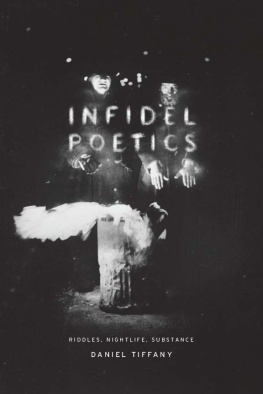
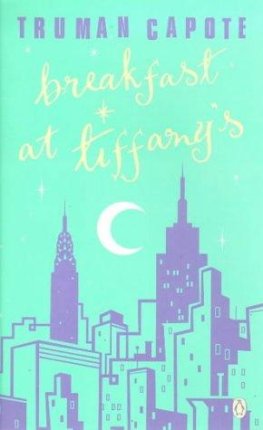

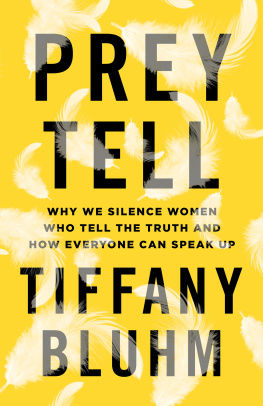
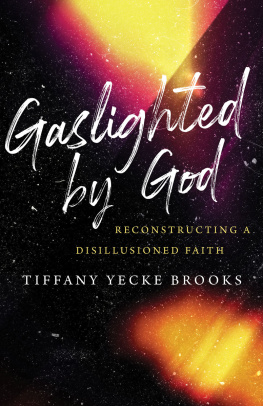
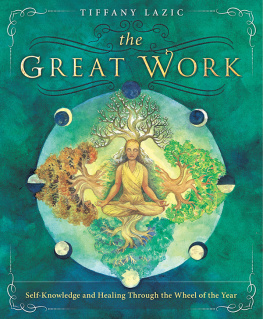

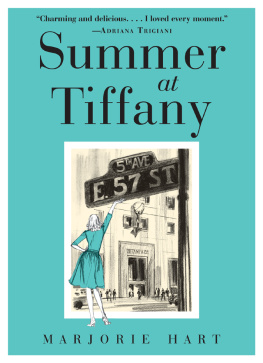

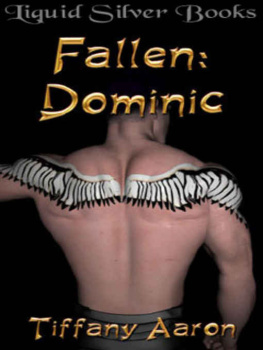

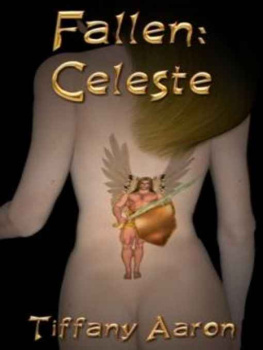
 Hopkins Studies in Modernism
Hopkins Studies in Modernism